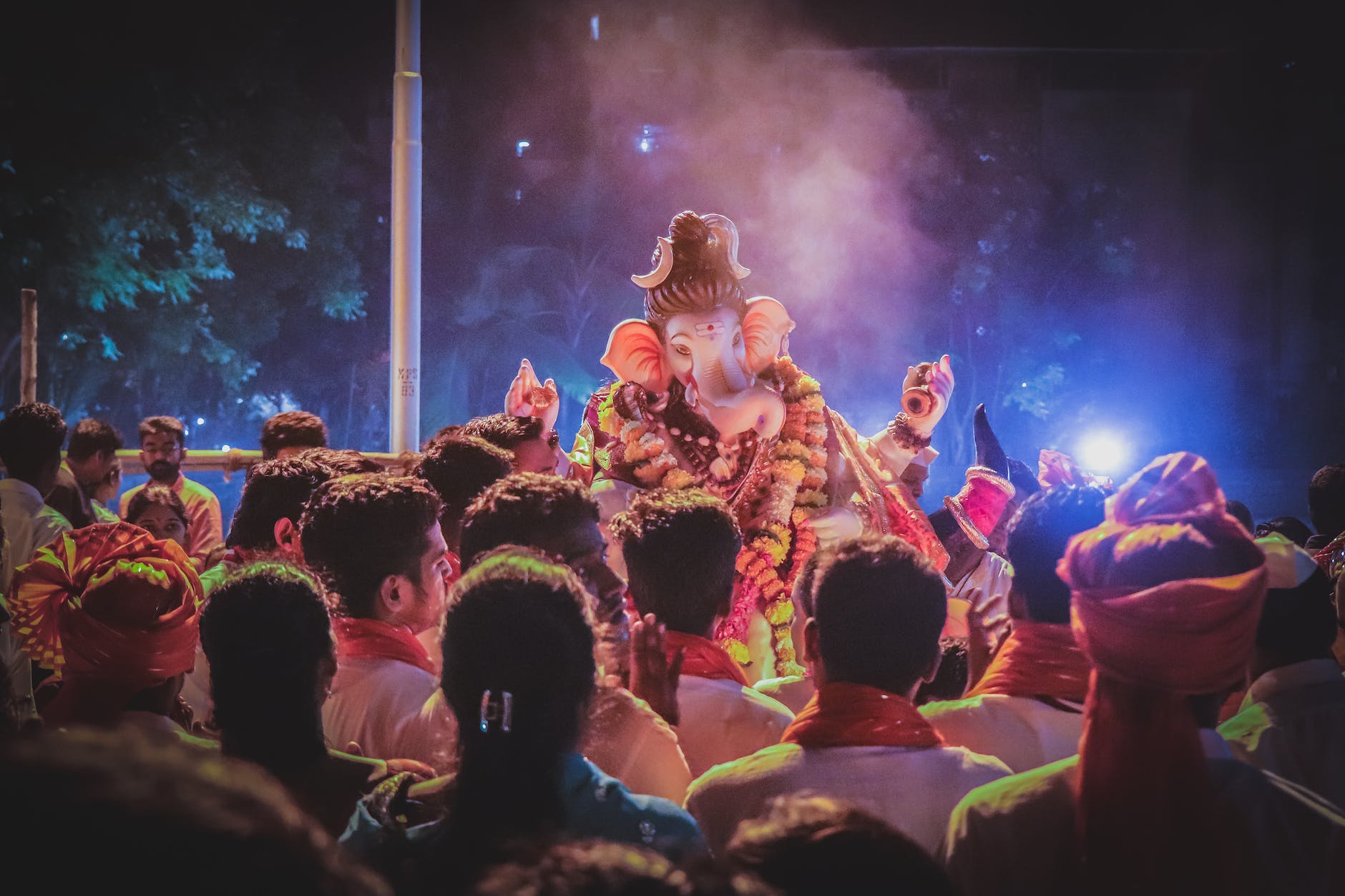Planning a luxurious stay in Pune? Discover the city's finest 5-star hotels, offering opulent accommodations, world-class amenities, and impeccable service. From urban retreats to riverside havens, find the perfect place to unwind in style.
Staying in the city is such a beautiful experience. It has greenery, cultural richness, and an main identity of the city of Maharastrian. It is Maharashtra's cultural hub, caters to discerning travelers seeking a luxurious escape. The city boasts a collection of exceptional 5-star hotels, each of them offering a unique blend of elegance, personalized service, and top-notch amenities.
Whether you're a business traveler seeking a productive environment or a leisure guest yearning for relaxation, Pune's 5-star havens have something for everyone.
Don't think much about them, just read these beautiful hotels and enjoy your trip. Check out these five stars hotels in Pune to make your journey memorable.
Five star hotels in pune for your weekend gateways
- The Ritz-Carlton
- JW Marriott Hotel
- The Westin Pune Koregaon Park
- Hyatt Regency
- Conrad by Hilton
1. Indulge in Opulence: The Ritz-Carlton, Pune
Epitomizing luxury, The Ritz-Carlton, Pune, is a haven for those seeking an unforgettable stay. Plush accommodations, featuring stunning city or golf course views, provide a tranquil escape. Unwind at the renowned spa or indulge in culinary delights at their award-winning restaurants. The hotel's impeccable service and commitment to detail ensure a truly regal experience.
2. Experience Urban Luxury: JW Marriott Hotel Pune
Soar above the cityscape at the JW Marriott Hotel Pune. This contemporary haven offers spacious rooms and suites, perfect for business or leisure stays. Experience world-class dining at their diverse restaurants, or unwind at the serene spa. The hotel's central location places you close to Pune's business and entertainment districts.
3. Embrace Tranquility: The Westin Pune Koregaon Park
Nestled amidst Koregaon Park's greenery, The Westin Pune Koregaon Park offers a tranquil retreat. Spacious rooms with stunning river views and a world-class spa create a rejuvenating environment. Savor delectable cuisine at their vibrant restaurants, or take a refreshing dip in the outdoor pool. The hotel's proximity to art galleries and cafes makes it ideal for exploring Pune's cultural scene.
4. A Blend of Tradition & Modernity: Hyatt Regency Pune & Residences
Experience a fusion of contemporary style and timeless elegance at Hyatt Regency Pune & Residences. The hotel offers a variety of room options, from luxurious suites to serviced apartments, catering to diverse needs. Enjoy delectable meals at their specialty restaurants or unwind at the expansive swimming pool. The hotel's central location provides easy access to Pune's historical landmarks and shopping districts.
5. A Haven for Business Travelers: Conrad Pune by Hilton
Conrad Pune by Hilton is a haven for business travelers seeking a productive environment. Modern rooms equipped with cutting-edge technology and a dedicated business center ensure a seamless work experience. Unwind after a busy day at the hotel's luxurious spa or savor delectable cuisine at their award-winning restaurants. The hotel's strategic location places you close to Pune's business hubs.
These are just a few of the many exceptional 5-star hotels that Pune has to offer. When choosing your accommodation, consider your specific needs and preferences. Whether you seek a central location, a tranquil escape, or a haven for business travelers, Pune's 5-star hotels cater to every desire. So, pack your bags and prepare to experience luxury redefined in Pune.
Did you also check 1 country where sun never sets. Isn't it beautiful to explore more if you are a travel lover?






















